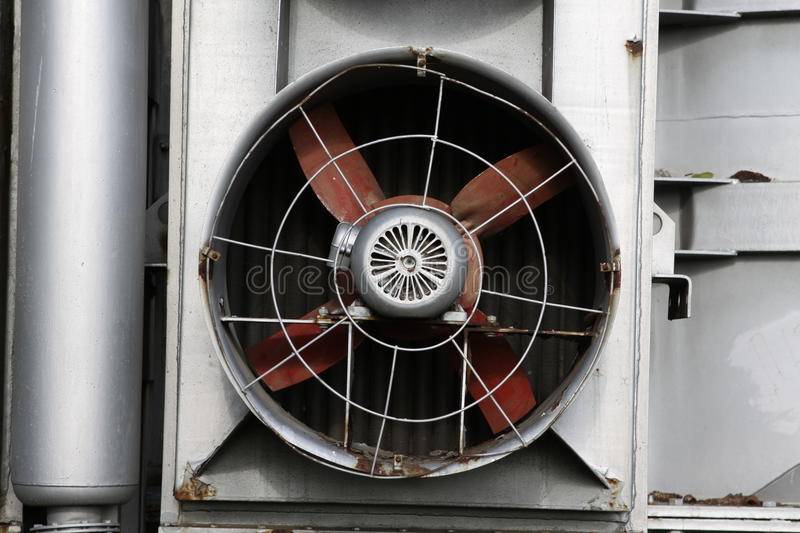In the natuaral air draft combustion systems the amount of airflow depends on the stack’s height and diameter, the prevailing wind velocity, and the resistance of the burner mechanism or fuel bed itself. The demand for air-cleaning apparatus on combustion systems, particularly oil and coal, has increased the overall system resistance to such an extent that natural draft alone is seldom sufficient. The burning of gas, oil, coal, or other combustible material requires air. When the end result of the burning is to be an efficient combustion process, in compliance with Federal and State Clean Air Act requirements, the volume of supply air must be reliably controlled. Insufficient air volume will result in wasted fuel and excessive particulate along with potentially explosive gases in the exhaust system. Too much air increases the amount of heat carried up the stack by the excess draft. Either extreme increases the cost and difficulty of controlling exhaust emissions.
Mechanical draft refers to the use of fans or blowers to create airflow through the combustion area. When mechanical draft is incorporated, the chimney or stack is used primarily to direct the exhaust gases up and away where they will not be a nuisance. Because wind velocity and direction are less important, the combustion process can be much more carefully controlled. Mechanical draft is accomplished in one of two ways: when air is blown or forced into the combustion chamber it is known as forced draft, when the air is drawn through the combustion chamber it is called induced draft. When both forced and induced draft are used, the system is termed a balanced-draft system.
Generally, the fans or blowers used for induced-draft applications are larger and more expensive than those used for similar forced-draft applications. The combustion process itself creates gases and elevated temperatures that expand the exhaust airstream, requiring fans with greater volumetric capacity than would be required on the supply side of the combustion process to supply clean, ambient air. Also, the hot exhaust serves to lower the density of the airstream, so density corrections must be applied to the fan static pressure (SP) to overcome the actual system resistance. The fact that the exhaust or flue gases are hot often requires induced-draft fans to be of a construction suitable for higher temperatures.
The first induced-draft fans were applied to hand-fired, solid-fuel boilers where the combustion chamber had to be at a negative pressure to permit the operator to shovel in fuel. When oil and gas became primary fuel sources, boiler designers were able to seal the combustion chambers. As a result, forced draft fans became popular. The advantages were lower fan power and fans handling clean air (no corrosion or abrasion) at ambient conditions. These factors encouraged the use of airfoil fans, further reducing power consumption. This led to the almost universal use of pressurized firing in gas, oil, and pulverized coal boilers.
Forced draft fans and blowers are common for cast iron firetube and small water tube boilers. The fan or blower serves to provide the air and the velocity necessary for the fuel-to-air mixture to enter the actual combustion chamber. When used in conjunction with induced draft, the forced-draft fan is often called the primary air fan since it provides the primary combustion supply air. The induced-draft fan provides the airflow necessary to overcome system resistance and exhaust the flue gases. Some combustion systems draw hot, perhaps dirty air from other processes. Forced draft fans for such systems are called gas recircula tion fans, and must be selected for the rigorous conditions under which they will operate.
Radial-blade fans were at one time commonly used for induceddraft service. However, as pollution requirements have become more stringent and control devices have been added to reduce flue gas particulates (ahead of the induced draft fan), radial-tip blade or even backwardly-inclined fans have become popular due to their higher efficiencies and higher volumetric characteristics. The exception to this is where high efficiency scrubbers are used and the pressure requirements are increased to where the radial-bladed fans are more suited.


